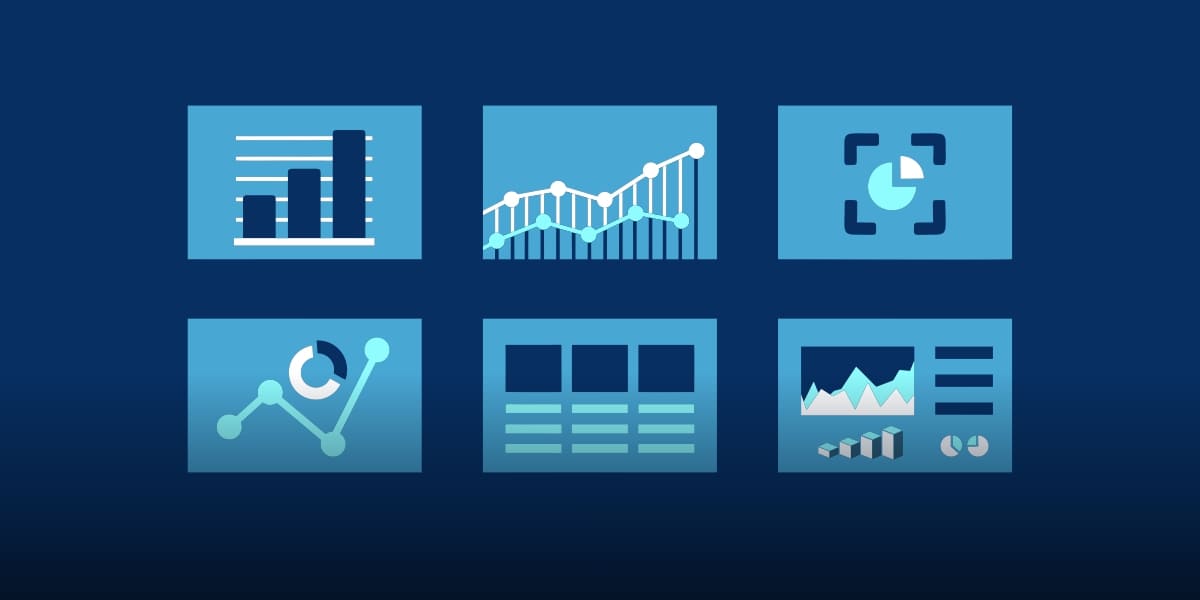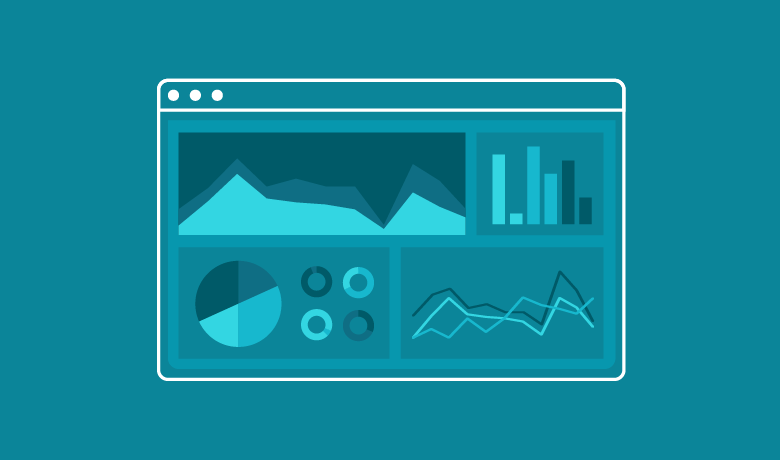In the digital age, social media has become an integral part of our daily lives. With millions of users sharing their thoughts, opinions, and experiences online, social media platforms have become a treasure trove of valuable data. This data can be harnessed through data analysis to gain valuable insights, make informed decisions, and improve overall performance. In this article, we will explore the importance of data analysis on social media, various types of social media data, tools and techniques for analysis, and their implications for businesses and individuals alike.
Importance of Data Analysis on Social Media

Data analytics on social media is crucial for several reasons. Firstly, it provides businesses with valuable information about their target audience’s preferences, behaviors, and expectations. Understanding customer sentiment and feedback enables businesses to tailor their products and services to meet customer demands effectively.
Secondly, data analysis helps identify trends and patterns on social media platforms. These insights can be used to create relevant and engaging content, capitalize on emerging trends, and stay ahead of the competition.
Types of Social Media Data
Social media data comes in various forms, including text-based content, images, videos, and user interactions. Text-based content includes posts, comments, and reviews, while images and videos add a visual dimension to the data. User interactions encompass likes, shares, retweets, and other forms of engagement, which are essential for understanding audience reactions.
Tools and Techniques for Social Media Data Analytics
There are numerous tools and techniques available for social media data analysis. Social media listening tools like AIM Insights and Sprout Social allow businesses to monitor mentions and conversations about their brand. Sentiment analysis tools help gauge customer attitudes toward products or services. Network analysis tools reveal the relationships between users and their connections, providing insights into influential users.
1. Understanding Social Media Metrics
Measuring the effectiveness of social media campaigns requires analyzing various metrics. These metrics include reach, engagement, click-through rates, and conversion rates. By tracking these metrics, businesses can evaluate the success of their social media strategies and make data-driven decisions.
2. Identifying Trends and Patterns
Data analytics on social media helps identify trends and patterns that might otherwise go unnoticed. These insights can lead to content optimization, allowing businesses to create relevant and timely posts that resonate with their audience.
3. Analyzing Customer Sentiment
Understanding customer sentiment is crucial for managing brand reputation. Sentiment analysis tools can help determine whether the sentiment is positive, negative, or neutral, enabling businesses to address concerns and build a positive brand image.
Leveraging Data to Optimize Social Media Strategy
Data analysis empowers businesses to optimize their social media strategies. By identifying high-performing content, businesses can focus on what works and improve their overall online presence.
The Role of AI and Machine Learning in Data Analysis
Artificial Intelligence (AI) and Machine Learning (ML) play a significant role in social media data analysis. AI-powered algorithms can process vast amounts of data quickly, uncovering valuable insights that can guide decision-making.
Ensuring Data Privacy and Security
With the abundance of data available on social media, ensuring data privacy and security is paramount. Businesses must take appropriate measures to protect their customers’ data and maintain their trust.
Case Studies: Successful Data Analytics on Social Media
Numerous case studies highlight the success of data analytics on social media. Companies have used data insights to launch successful marketing campaigns, increase customer engagement, and gain a competitive edge.
Challenges
While social media data analysis offers immense potential, it also comes with challenges. Dealing with vast amounts of unstructured data, maintaining data quality, and keeping up with evolving algorithms are some of the obstacles businesses face.
Future Trends
As technology continues to advance, the future of data analytics on social media looks promising. AI and ML will play even more substantial roles, providing deeper insights and enhancing automation.
Conclusion
Data analytics on social media is a powerful tool for businesses and individuals alike. It enables us to understand our audience better, create targeted content, and make informed decisions. Embracing data analysis can lead to increased engagement, improved brand reputation, and ultimately, business success in the digital era.
If you’re eager to unlock the full potential of data analysis for your business, don’t hesitate to take the next step. Request a demo from AIM Technologies today, and discover how our advanced data analysis solutions can revolutionize your social media strategy.
FAQs
How does data analysis benefit businesses on social media?
- Data analysis helps businesses understand customer preferences, optimize content strategies, and make informed decisions.
Which social media metrics should businesses monitor?
- Businesses should monitor metrics such as reach, engagement, click-through rates, and conversion rates.
How does sentiment analysis help in managing brand reputation?
- Sentiment analysis identifies whether sentiment towards a brand is positive, negative, or neutral, helping businesses address concerns promptly.
What are the challenges in social media data analysis?
- Challenges include dealing with vast unstructured data, maintaining data quality, and keeping up with evolving algorithms.
What is the role of AI and ML in social media data analysis?
- AI and ML play a crucial role in processing large volumes of data quickly and uncovering valuable insights.




